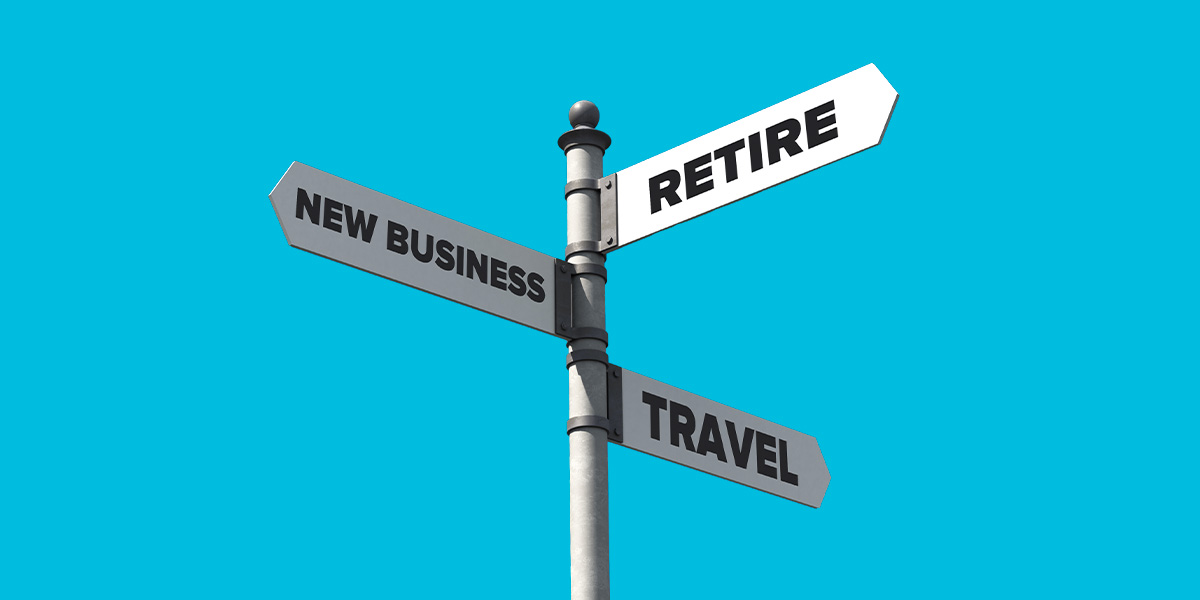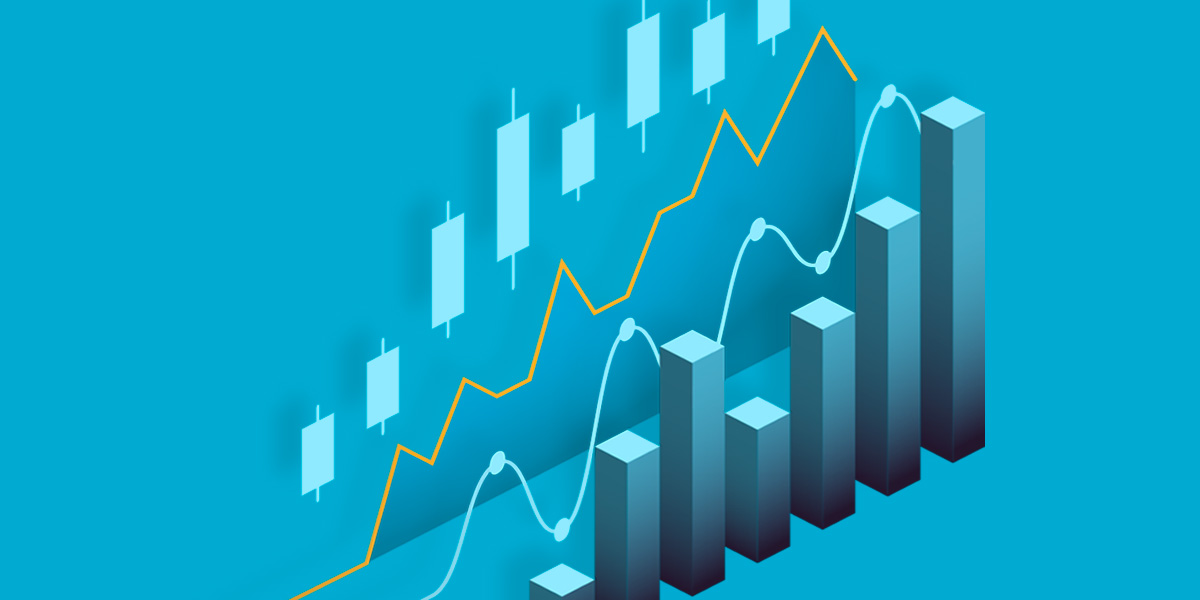-
Business Banking -
Insights
5 Ways Technology Can Improve Your Supply Chain Management
As demand continues to evolve in an increasingly globalized world, supply chains will become an even more crucial part of business success.
Here are five ways to use technology to build a better supply chain for your firm.
Create a Proactive Supply Chain by Enhancing End-to-End Visibility
Enhanced transparency enables organizations to better assess their supply chains to meet supply and demand, and make data readily available to all stakeholders so that they can do the same. To achieve true visibility, organizations must audit their own systems to identify where upgrades or add-ons can be deployed, and collaborate with vendors, establishing a culture of trust and highlighting the mutual benefits of working more closely together.
By using sensor technologies, like RFID chips coupled with internet connectivity, companies can collect data at every logistics checkpoint, from raw materials to delivery of finished goods. This improved real-time transparency, signaling and response ensures that inventory levels are always current, improving capital and time management so that products and services are delivered to the end customer on time. This ability also helps eliminate misplaced inventory and shipments, reducing revenue loss.
Identify and Build Relationships With a Diverse Portfolio of Suppliers and Vendors
Finding partners, suppliers and vendors in multiple markets enhances a company's ability to withstand supply chain disruption on both a local and global scale. Consumers increasingly prefer to “shop small" and patronize community businesses; in turn, these small, more agile outfits can complete jobs more quickly. Third-party platforms that analyze system diversity can help businesses identify and vet potential suppliers and the efficacy of new contracts and purchases, and ensure any time-sensitive decisions can be made in line with their procurement strategy. They can also integrate communications in one place, to foster relationships and greater connectivity between supply chain partners.
“An end-to-end supply chain model with extensive community participation, from the original equipment manufacturer (OEM) level throughout the supplier community, allows a holistic overview of the health, efficiencies, and challenges of the supply chain, up to the minute," Fink said.
Blockchain has become a key part of the supply chain due to the visibility and data security it provides, which helps to foster trust. In some countries, searchable, accessible business registries enable organizations to vet vendors for compliance before entering into business with them. But gaps along the chain, when information isn't entered due to a lack of ability or oversight, can throw the whole system into disarray.
“Sometimes we concentrate on the technology but lose sight of the fact that it's really just the plumbing below. It's getting the data and getting everyone to agree on what should be there that becomes difficult," said Brent Causey, head of Supply Chain Finance at City National Bank.
Manage a Complex Supplier Network To Be Responsive in Real Time
Many supply chains rely on data provided in prior years to predict what will be needed, where and when, but the pandemic skewed population behaviors so dramatically that those previous trends no longer necessarily hold true. Supply chains have also grown into vast networks as a result of globalization and greater connectivity, often with very little visibility at more remote tiers.
In this complex, ever-changing landscape, work processes should be automated wherever possible. Those changes should be driven by machine learning, big data and advanced analytics in order to promote efficiencies such as implementing route changes to improve delivery times, or swapping in materials that are more readily available or competitively priced. Blockchain, 5G, IoT and cloud computing allow vendors at every level to respond to needs in real time, assisted by greater automation in smart warehouses, robots and "cobots," which are robots that work alongside humans in workspaces such as production floors.
Additional benefits that go along with boosting responsiveness include being better positioned to meet evolving compliance directives related to trade practices, environmental mandates and laws governing tracking and tracing items along the network.
“I think probably where you've seen it the most are around ESG-type issues where people want to make sure that their supply chain is sustainable. For instance, we can say with confidence that this cellphone does not contain any materials obtained from places that use slave labor to mine the raw materials, it doesn't use child labor to assemble and people are getting a reasonable wage throughout the entire supply chain,'" Causey said.
Quickly Note Warning Signals, Solve Issues and Forecast Problems
Used to measure world events in real time, machine learning and big data tools can forecast supply chain issues and provide early warning signals as things start to go wrong, such as weather negatively impacting logistics in some regions. Software can also help to identify potential problems with individual suppliers, like sudden changes in payment terms, gaps in communication, high turnover rates and reduced insurance cover. And it can assist in mitigating issues before, or as, they happen.
A real-world impact could be in situations involving food-borne illnesses, which used to take days or weeks to identify and trace. Recently, Walmart and IBM demonstrated how blockchain technology aided in uploading certificates of authenticity for pork produced in China, and tracing the chain of custody of mangoes in the U.S., reducing the time it took to establish the fruit's provenance from 7 days to 2.2 seconds. When an outbreak of harmful bacteria next occurs, the same systems could enable supermarkets to quickly identify the source of the problem.
“They know which fields, or even sections of fields, are affected; which grocery stores were populated with lettuce on which day, and on which shelves. Rather than throwing away everything, they can select single batches to discard," said Jim Fleming, the program manager of Learning Solutions at the Institute for Supply Management.
Within finance, software that documents current and future flows of goods and funds enables bankers to provide financing in response to clients' real-time needs. This level of transparency and potential for automation means businesses can continue to offer their services without worrying about day-to-day cash flow issues.
“That's where I really see the technology and new developments coming in: integrating deeper with clients and having that real-time visibility so that we can improve our data, improve our risk mitigation and at the same time improve our clients' access to capital," Causey said.
Reduce Waste, Overhead and Your Global Footprint
One of the greatest impacts technology can have in reducing waste is to prevent waste before it occurs. Greater investment into data analysis around advanced modeling using computer-aided design (CAD) and computer-aided manufacture (CAM) has expanded organizations' abilities to identify sustainable materials that they can integrate into product design.
“You can input that into marketing, `We have created products that meet your needs and are good for the environment.' Consumers are more educated now and will choose companies that go this route," Fleming noted.
Developments in vehicles for last-mile delivery, such as Amazon or Fedex home deliveries via drones or delivery bots, are also reducing supply chain environmental footprints.
And the proliferation of 3D printing has allowed firms to localize production of goods closer to end-users. This minimizes the costs and environmental impacts associated with global manufacturing processes in which materials and goods might travel 100,000 miles or more as they go from raw materials to finished products. Being able to manufacture locally also allows for faster turnaround and greater customization.
“In my opinion, 3D printing has the potential to completely alter the way the globe does business," City National's Causey said.
This article is for general information and education only. It is provided as a courtesy to the clients and friends of City National Bank (City National). City National does not warrant that it is accurate or complete. Opinions expressed and estimates or projections given are those of the authors or persons quoted as of the date of the article with no obligation to update or notify of inaccuracy or change. This article may not be reproduced, distributed or further published by any person without the written consent of City National. Please cite source when quoting.





